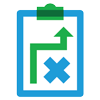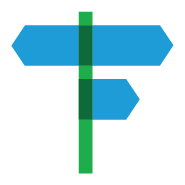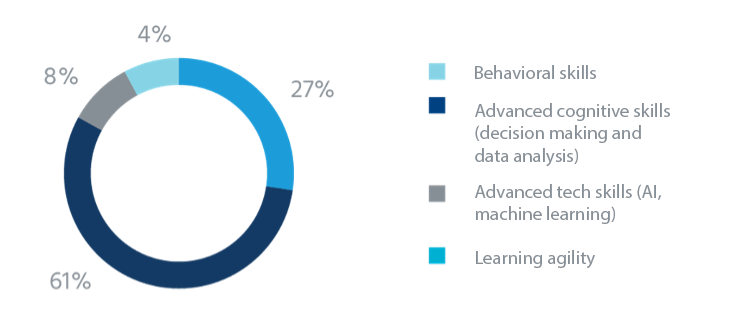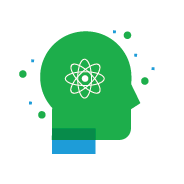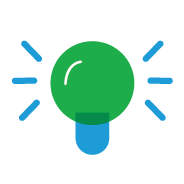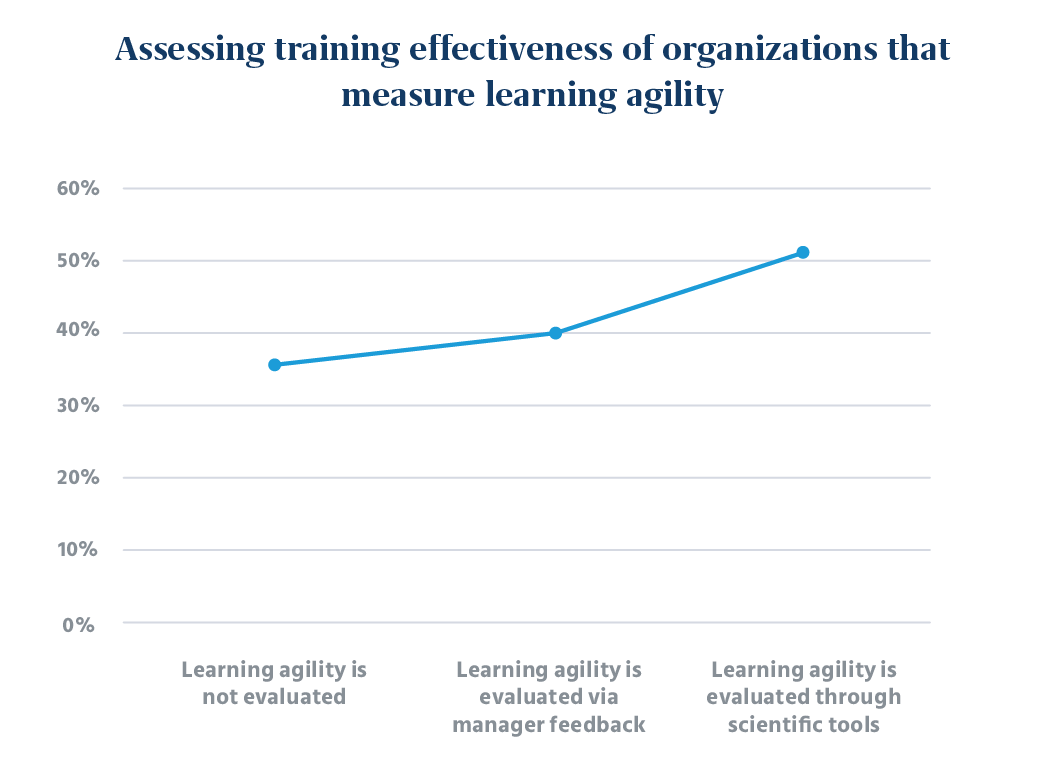Mercer | Mettl’s Learning Agility Matrix
Mercer | Mettl’s Learning Agility Matrix is an essential model for employees’ or an organization’s learning agility and provides actionable insights into improving performance and productivity.
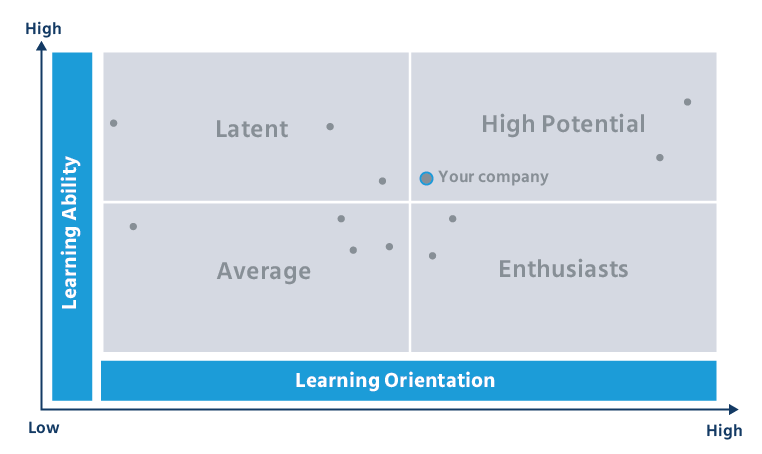
Organizations require employees with different levels of learning agility, so the model identifies the demand for multiple industries, organizations, and job roles. There are four learning agility categories: average, enthusiastic, latent, and high-potential. These are measured on fluid intelligence and behavioral traits. While fluid intelligence is the learner’s ability to process complicated information using current knowledge, behavioral traits define the learner’s characteristics and behaviors in different situations.

Who is an average learner?
An average learner has average fluid intelligence (ability) and behavioral traits that support an agile learning mindset (intent).
When do you need an average learner?
An organization requires average learners if the job mandates performing routine and straightforward tasks, such as data entry, KPO, or BPO.
Who is an enthusiastic learner?
An enthusiastic learner has an average level of fluid intelligence and an above-average behavioral skills level that supports an agile learning mindset.
When do you need an enthusiastic learner?
An organization requires enthusiastic learners if the role involves performing work that requires creativity, people skills, passion, field expertise, and an innovative thought process, such as journalism, media and entertainment, and photography.
Who is a latent learner?
A latent learner has an above-average fluid intelligence level and average behavioral traits that support an agile learning mindset.
When do you need a latent learner?
An organization requires latent learners if the role involves performing work that requires attention to detail, focus, perseverance, performing complicated routine tasks, and strong cognitive abilities, such as accounting and banking.
Who is a high-potential learner?
A high-potential is an individual with a very high level of fluid intelligence and behavioral traits that support a learning agile mindset.
When do you need a high potential learner?
An organization requires high-potential learners if it involves performing work that requires robust interpersonal, cognitive, analytical, problem-solving, logical thinking, and decision-making skills. High potentials are required when the nature of work is complicated, such as CXOs and leadership roles, stock market trading, management consultant, etc.









 Behavioral Competencies
Behavioral Competencies Cognitive Competencies
Cognitive Competencies Coding Competencies
Coding Competencies Domain Competencies
Domain Competencies



